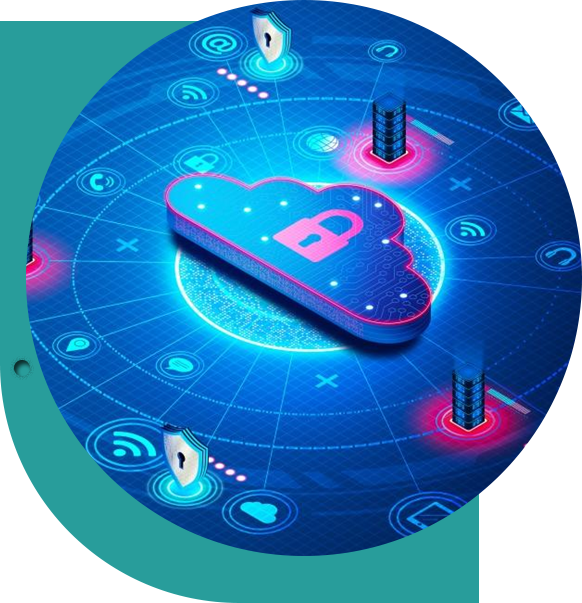Close
Close
A Security Operations Center is where the action/response to information derived from protective and preventive software and systems happens upon the occurrence of cybersecurity events. The information derived qualifies as evidence of a possible breach or attack.
An organization demands and deserves a reliable Security Operations Center that makes for the following qualities-
Leading experts in the cybersecurity industry
Use of ever-evolving security technology and measures
Adherence to incident response strategy and compliance considerations
Regular and reliable security assessments
Maintaining the cybersecurity posture of an organization, enabling the achievement of underlined business objectives

Upon the occurrence of a cybersecurity event, SOC performs the following
procedures step-by-step:
SOC monitors networks and systems using log files, security devices, and more. With abnormal changes in predetermined functions, SOC software tracks and collects these changes.
Unauthorized logins, transfers, failed login attempts, data exchange, and other suspicious activities are detected in real-time to prevent damage from occurring from a cybersecurity event. Detecting behavioral anomalies in daily functions of critical IT infrastructure creates a fundamental for preventive cyber measures.
The severity and potential impact of any cyber threat test the incident response measures that are predetermined and established. SIEM systems can easily assist with these operations, as with data collection and threat detection. Network traffic analysis, EDR, and behavioral analysis assist with the same and are some primary functions of SIEM.
Investigating a cyber threat to assess a cyber event’s scope, magnitude, and vector is essential. The SOC team conducts an initial assessment through software and tools that identify, followed by containment measures through an incident response program. Later, the SOC team will conduct a vulnerability assessment to determine weaknesses and redefine preventive measures.
The SOC will use tools and techniques that contain the impact of a cyber threat, limit expansion, recover essential data and systems, and more.
Post-incident analysis is important to determine security structure changes and address vulnerabilities exposed during a cyber event to facilitate prevention. Reviewing and analyzing data derived from SIEM tracks and SOC interpretation can help define these changes.
Communication is key in a cybersecurity event. Depending on the nature and scope of the cybersecurity event, it is the responsibility of the SOC team to relay and facilitate communication with other relevant teams, management, customers, and investors (if necessary).
Securesee assures the prevention of sensitive data, mitigating financial loss/damage, maintaining business continuity, meeting regulatory requirements, and protecting reputation by instilling customer and investor faith. Securesee, as a SOC provider for an organization, entails threat management activities, identifying vulnerabilities, improving the future scope for cybersecurity, and more. With networks of leading experts and technology officers, SOC by Securesee enables a sturdier cybersecurity framework for the organization, assisting them in achieving business objectives.